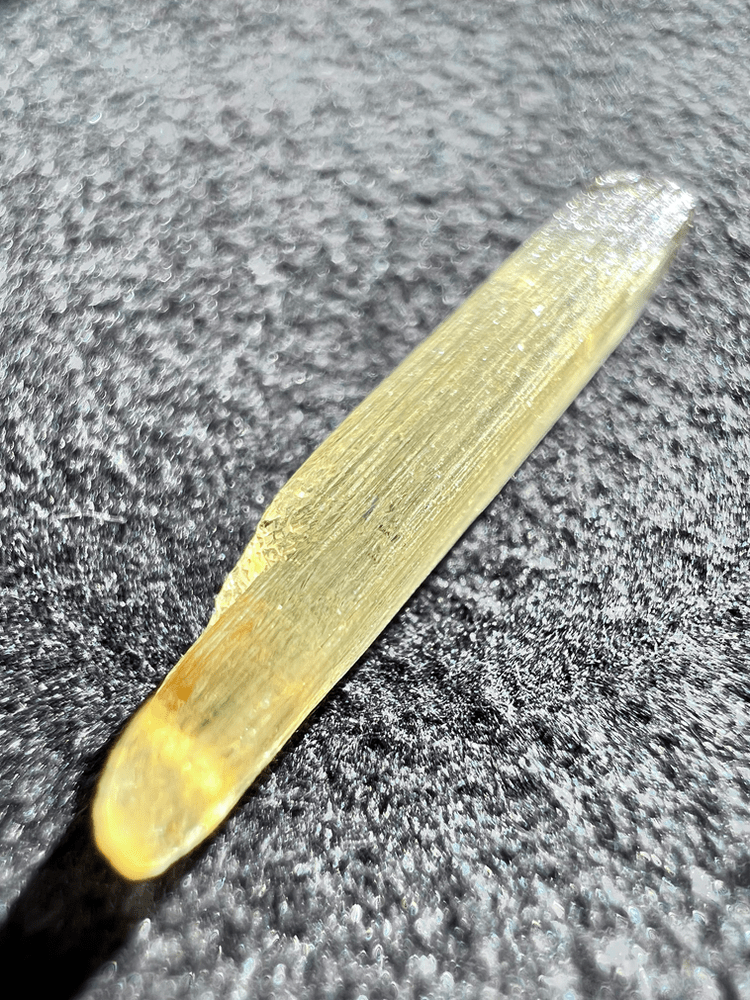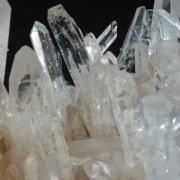Scapolite: Properties, Uses and Virtues
Scapolite: A Spiritual Stone
Scapolite, an alluring gemstone with a fascinating range of colours and metaphysical attributes, has captured the hearts of gem lovers thanks to its unique beauty and spiritual symbolism.
This journey invites us to explore the formation, sources and rich palette of colours that scapolite presents, as well as its healing properties and timeless charm.

Scapolite: Table of contents
- Geological formation of Scapolite
- Scapolite Rough – Raw Beauty Revealed
- Sources – The Global Scope of Scapolitis
- Historical Significance of Scapolite – Through the Ages
- Metaphysical properties of Scapolite – Illuminating energies
- Varieties of Scapolite
- Scapolite colors
- Durability and Wearability of Scapolite
- Scapolite improvements – Preserving natural beauty
- Synthetic Scapolite – Nature in the Laboratory
- Imitations of Scapolite – Discerning the Authentic
- Scapolite care – Preserving natural beauty
Geological formation of Scapolite
Scapolite emerges from metamorphic environments, evolving under high-pressure conditions as part of crystalline structures within various rock formations. This captivating gemstone develops its colours and patterns through complex interactions of minerals during the process of geological transformation.
Scapolite Rough – Raw Beauty Revealed
Raw scapolite crystals offer an unfiltered view of nature’s art, revealing a multitude of colours and inclusions that contribute to their visual appeal. As rough gems, scapolite crystals are often found in the form of uneven crystals or pebbles. Well-formed crystals are large prisms.
Sources – The Global Scope of Scapolitis
Scapolite is mined in various regions around the world, including Madagascar, Brazil, Canada, Tanzania and Kenya. Each geographical origin brings unique colours and characteristics to the scapolite gemstone, making it a sought-after choice for jewellery artisans and collectors alike.
Historical Significance of Scapolite – Through the Ages
Historical knowledge of scapolite is relatively limited due to the lack of in-depth research on the subject. Unlike some other gems and minerals that have attracted significant historical attention, scapolite remains a less explored area.
However, it should be noted that scapolite was officially described in 1800 by José Bonifácio de Andrada e Silva, a Brazilian statesman, naturalist and pioneer in mineralogy.
Despite its relatively under-researched past, scapolite’s unique properties and characteristics have begun to attract more attention from the gemmological community and enthusiasts in recent years.
Metaphysical properties of Scapolite – Illuminating energies
Scapolite is celebrated for its metaphysical attributes, often associated with balance, transformation and spiritual growth. This precious stone is believed to help align energies, promoting harmony and enhancing inner strength.
Scapolite’s energy is believed to encourage self-awareness and the release of negative patterns, supporting personal development.
Varieties of Scapolite
Scapolite does not come in any varieties. However, cat’s eye scapolitis is not uncommon.
Scapolite colors
Scapolite comes in a wide range of colours, from almost colourless to shades of pink, purple, yellow and orange. Among these colours, yellow scapolites are common, while purple ones are less frequent.
Durability and Wearability of Scapolite
The durability of scapolite, with an average hardness ranging from 5.5 to 6 on the Mohs scale, calls for a few precautions when worn as jewellery. Choose closed, protective crimps.
Avoid exposing scapolite to aggressive chemicals and store it away from other gems to avoid scratches.
Scapolite improvements – Preserving natural beauty
Natural scapolite is appreciated for its authentic beauty and is often left untreated or lightly heated. Its inherent colours and patterns are celebrated as nature’s art, making improvements unnecessary.
Synthetic Scapolite – Nature in the Laboratory
The creation of synthetic scapolite is not common and is mainly reserved for industry. Because of its low profile and current availability, it is generally not cost-effective for laboratories and jewellers to synthesise this material.
Imitations of Scapolite – Discerning the Authentic
To guarantee the authenticity of scapolite gemstones, buyers should be wary of imitations such as coloured glass, quartz such as amethyst and citrine, topaz and beryl, which are often misrepresented as scapolite.
Reliable sources and appropriate certifications are essential for acquiring genuine scapolite.
Scapolite care – Preserving natural beauty
Nurturing the timeless beauty of scapolite requires delicate care.
Clean scapolite jewellery with mild soapy water and a soft brush to preserve its lustre.
Avoid exposure to extreme temperatures and chemicals.
To avoid scratches, store scapolite jewellery separately from other precious stones.



Leave a Reply
Want to join the discussion?Feel free to contribute!